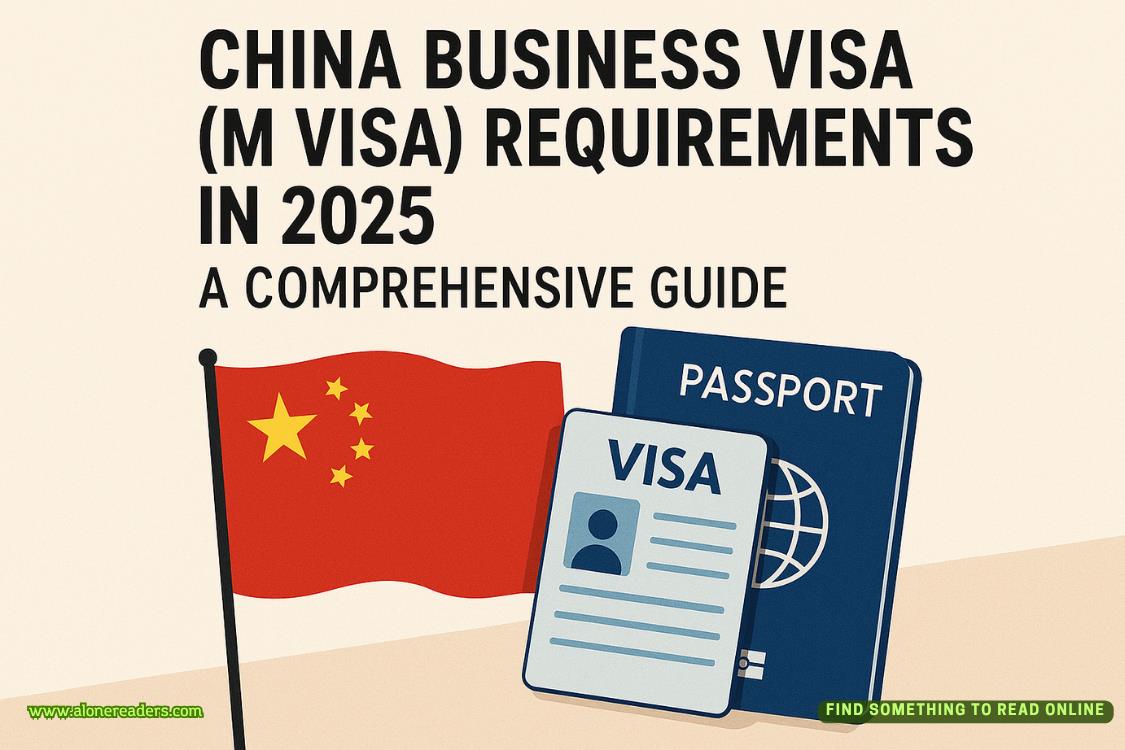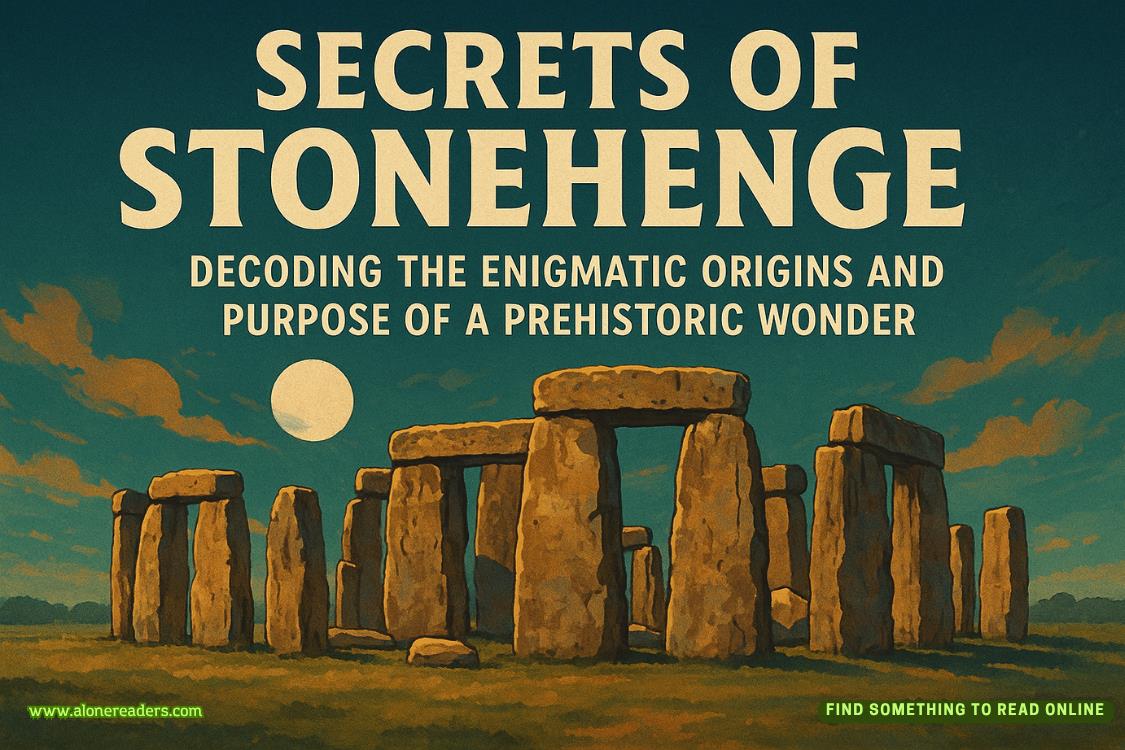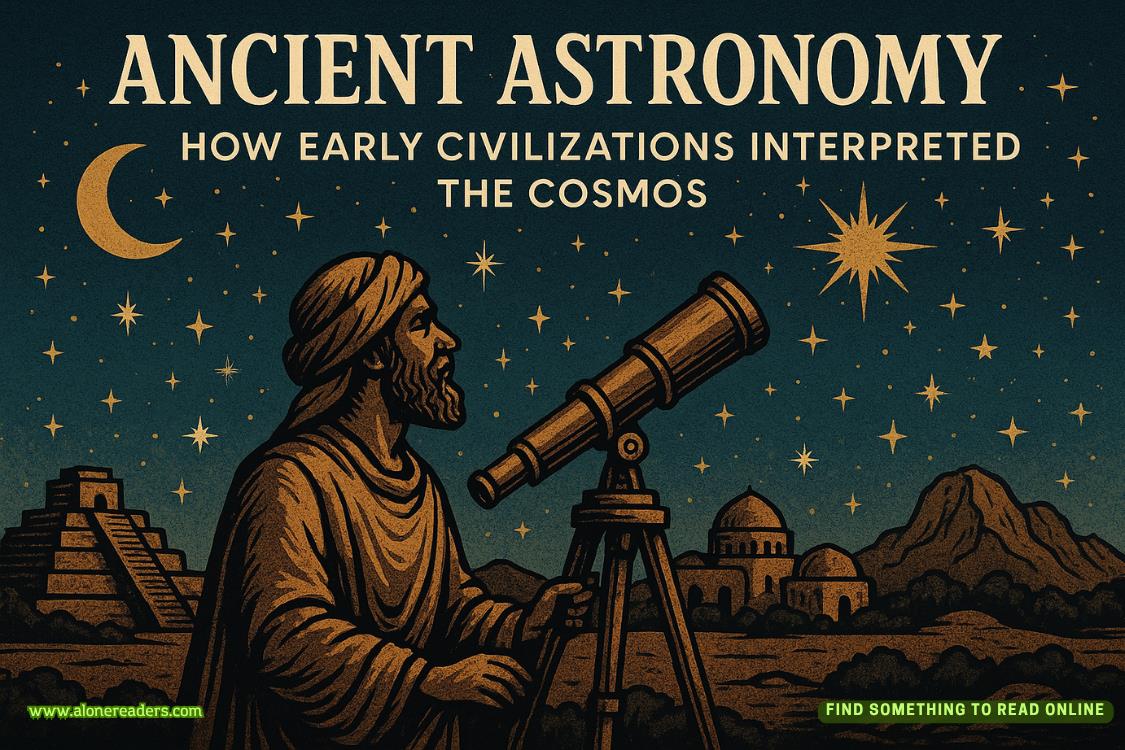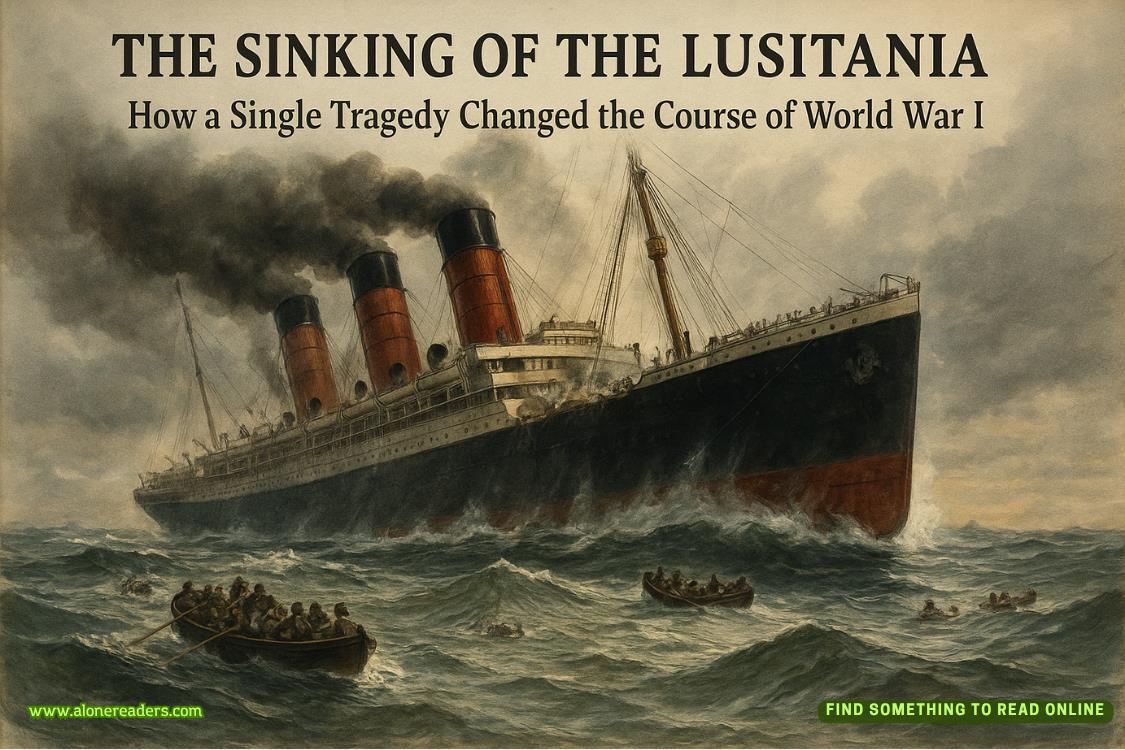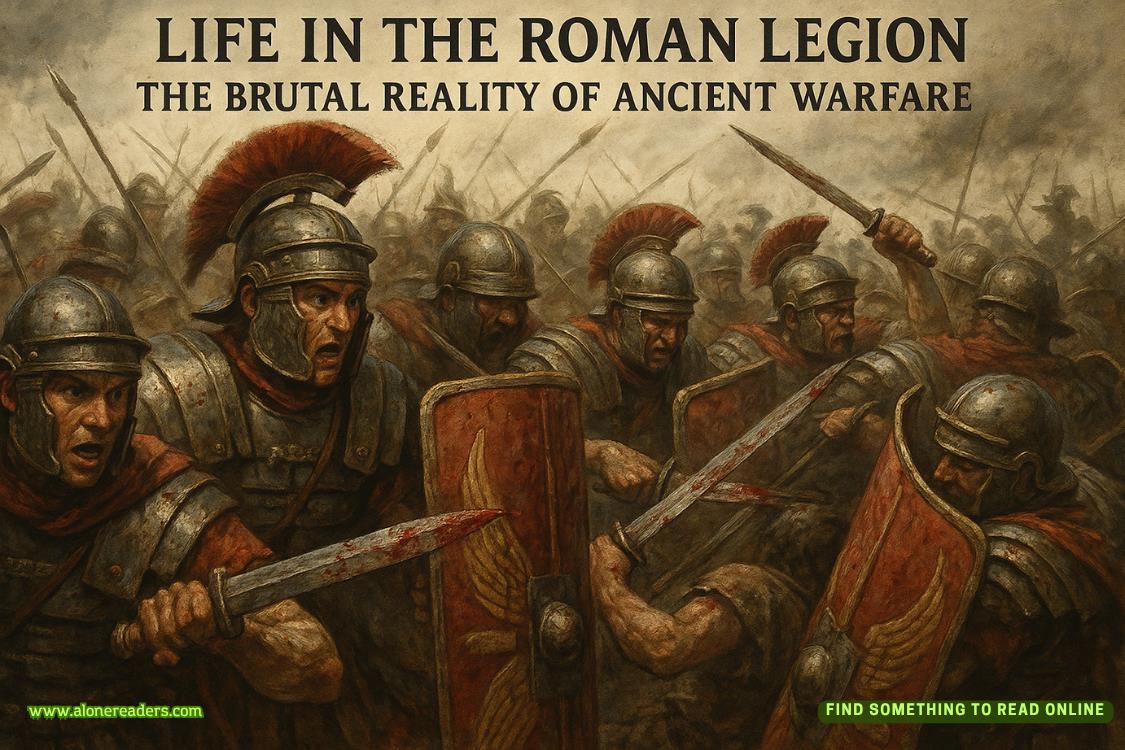Page 48 of The Last Kingdom
“All right,” Fenn said. “Come over here, have a seat, and I will tell you something amazing.”
Millions of years ago plumes of black molten rock emerged from the Pacific Ocean, steam hissing off the surface and announcing its arrival into open air. Slowly, over many more millennia, the rock expanded to eventually form dry land and high, jagged mountains. Over even more time seeds blew in on the trade winds, plants sprouted, trees grew, and it all turned green, bursting with life, forming one of the most remote island chains in the world.
Polynesians from the south first arrived around the third century after Christ. By the eighteenth century, Spanish, Dutch, Chinese, and Japanese ships had all visited. But it was James Cook, in 1778, who placed the islands on the map. He named them Sandwich, after his patron and friend, the Lord of Britain’s Admiralty, the fourth Earl of Sandwich.
Over the next hundred and twenty years the islands underwent nearly constant change. For centuries the inhabitants warred among themselves. Chiefs fighting each other in never-ending civil war. But by 1795 one warrior, Kamehameha, had conquered Hawaii, Oahu, Maui, Molokai, and Lanai, proclaiming himself king. In 1810, the remaining two islands, Kauai and Niihau, voluntarily joined what came to be called the Hawaiian kingdom. Over the next ninety years two dynastic families would rule. The House of Kamehameha and the House of Kalakaua. The former reigned through five kings until 1872 with the death of Kamehameha V. The Kalakaua’s time ended in 1893, after two kings and a queen.
Missionaries first arrived in 1820.
Presbyterians, Congregationalists, and Dutch Reformists from New England. They came at an auspicious moment. Kamehameha I had just died. His son, Liholiho, had become king. One of his first acts was to abolish the ancient kapu system, a code of conduct with strict laws and regulations. A kapu offense, regarded as a threat to spiritual power and goodwill, often involved human sacrifice. Breaking one law, even unintentionally, often meant immediate death. With that code gone, and no alternative belief system created to replace it, a door opened for Christianity. And the missionaries seized the moment, ingratiating both themselves and their mores with the local society.
Succeeding companies of missionaries kept coming, increasing their numbers. Many eventually returned to the mainland. But many more stayed and influenced religion, education, and the organization of government. They also became traders, farmers, shippers, wholesalers, and retailers. Sugarcane, nut, pineapple, and coffee crops flourished. They, and their descendants, built a massive financial empire.
One they wanted to keep. So they engineered a coup.
Which happened on January 17, 1893.
The insurgents were nearly all foreigners, mainly American. Hawaii had been recognized by the United States as an independent kingdom since 1846. As such, the sovereignty of the islands should have been respected.
But it wasn’t.
Instead, the overthrow of the monarchy was supported by a United States government minister, John L. Stevens, who ordered US Marines to come ashore from ships in Honolulu harbor. This bolstered the insurgents, who promptly arrested and imprisoned the last of the House of Kalakaua, Queen Lili’uokalani, in her palace. The Marines never fired a shot, but their presence intimidated the royalist defenders. The queen herself wanted to avoid any loss of life, so she ordered her forces to surrender. That evening the chairman of the Committee of Safety, Henry E. Cooper, addressed a crowd assembled in front of the royal palace and read aloud a proclamation that formally deposed Lili’uokalani, abolished the Hawaiian monarchy, and established the Provisional Government of Hawaii under President Sanford B. Dole, a descendant of the missionary community.
Hawaii was formally annexed by the United States on August 12, 1898.
“You essentially stole that sovereign kingdom,” Fenn said. “The American pineapple and sugarcane plantation owners were terrified that the Hawaiian monarchy was about to make a deal with Great Britain. One that would have brought the islands into the British Commonwealth. To stop that, they staged a coup. One that America sanctioned, supported, and greatly benefited from. Today Hawaii is your fiftieth state. But it was acquired by ill-gotten gains.”
Cotton was not unfamiliar with that part of American history. “Not our finest moment.”
“Clearly.”
He was wondering about the point of the story.
“Any chance you’re going to tie all this into now?”
Chapter 26
Wednesday, December 10
12:20A.M.
DERRICK STEPPED UP ONTO THE RAISED PLATFORM AND APPROACHEDthe duke. “You look comfortable on that fake throne.”
“This place was once the ancestral seat of my family’s power.”
He smiled and bowed. “And I have responded to your royal summons.”
He’d known the duke for a long time. They first met about two decades ago, and had remained friends. He’d come to know that this man was highly educated and exceptionally well informed on both German and European affairs. He’d often used him as a sounding board. But his old friend looked tired. Fatigue showed as dark smudges beneath even darker eyes. Anxiety had turned the voice, usually strong and firm, to a dry croak.
Cancer was taking its toll.
“What happened at Herrenchiemsee?” Albert asked.
“You haven’t heard from your brother yet?”
“Oh, yes. But he failed to mention anything about the book. I, of course, could not inquire since I am supposed to know nothing.”
He told the older man about what occurred, including the unexpected boat on the lake firing at Stefan’s thieves. He left out the part about his recruitment of Cotton Malone, which did not require sharing.



